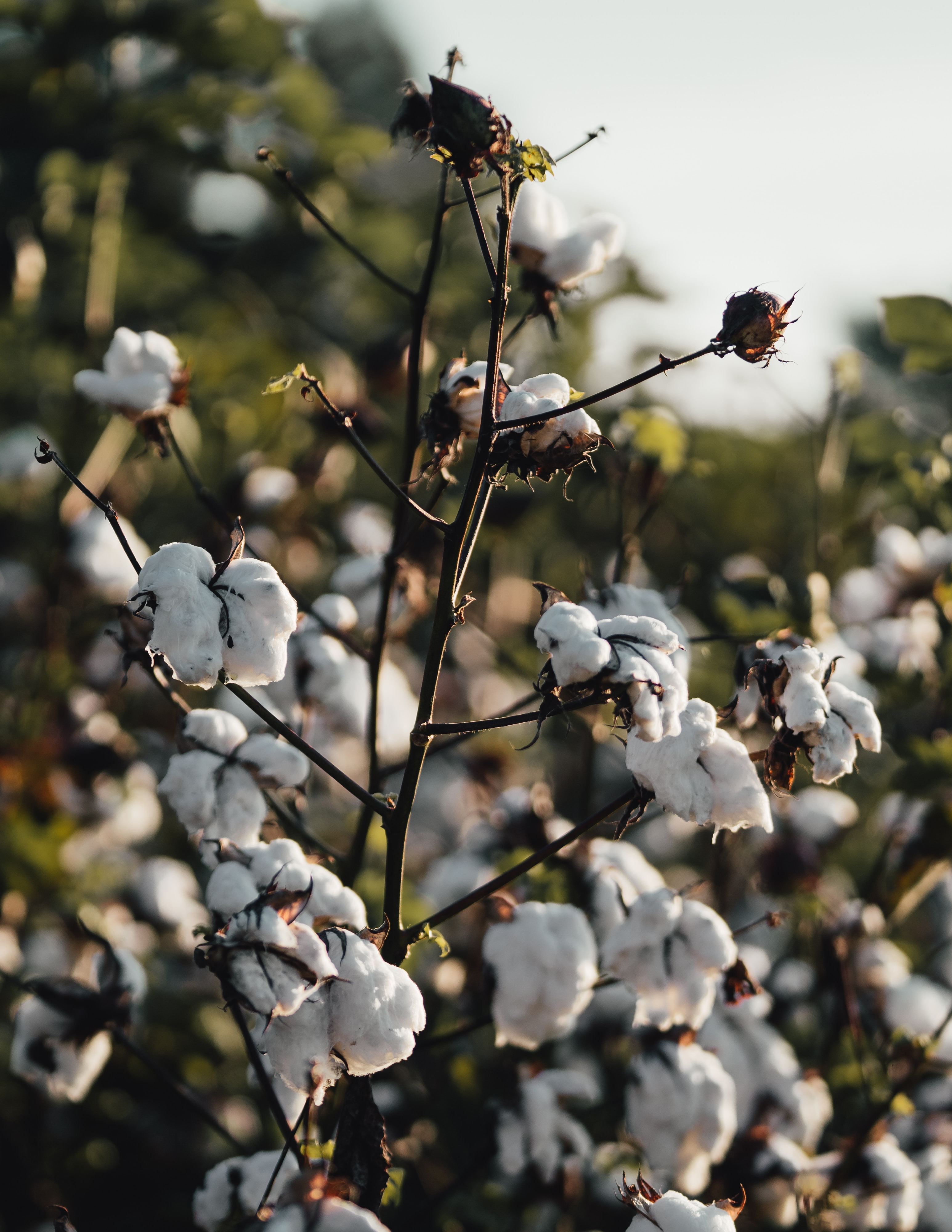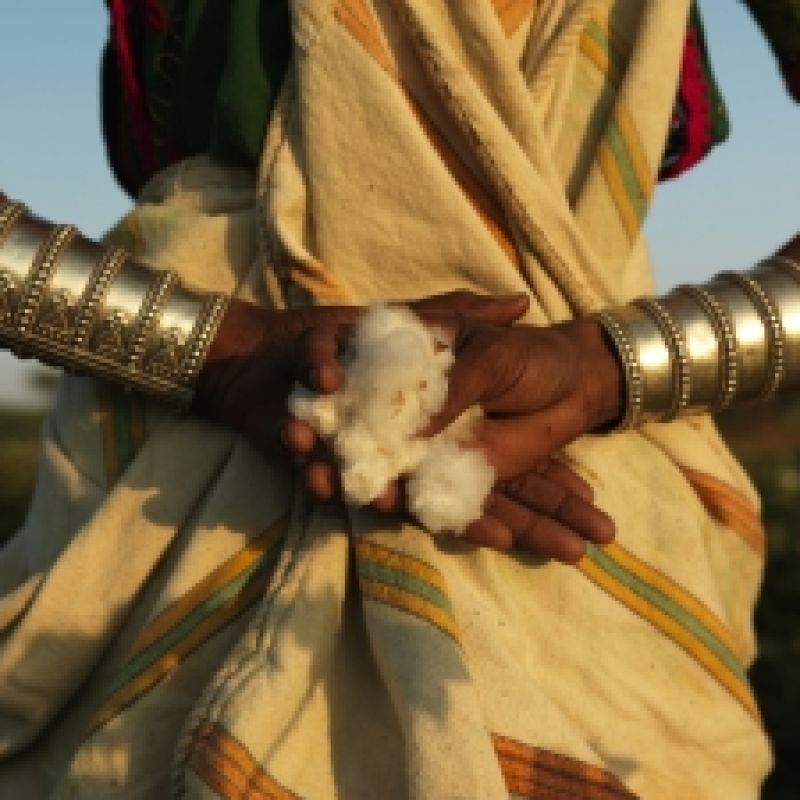Cotton is everywhere in our daily lives, so much that most of us never consider where it comes from. Cotton is used in 75% of all clothing produced, and 25 million tons of it are grown each year globally. Its significance to the world economy, and our personal lives, is hard to get your head around.
Growing cotton is crucial to the livelihood of millions of people, their families, and their local economies. Even so, many small cotton farmers and labourers in the Global South struggle to make living wages. Crops often sell for less than their input costs, with government subsidies giving farmers a meager income.
Learning about where cotton comes from is a great first step in becoming a conscious consumer and supporting better practices for cotton farmers and the environment. Here’s three things that might change how you think about the clothes you wear, and where they come from!
1. More than half of cotton is still harvested by hand
 Most cotton is grown in the Global South, where it is harvested by hand. While cotton growing countries in the Global North harvest their cotton with machines, in India and China, the two largest cotton producing nations, almost all cotton is hand-picked by women and children. The same is true in Pakistan, the 5th largest cotton producer. Uzbekistan, the 6th largest producer, has been recognized for their efforts to remove child labour from cotton farming.
Most cotton is grown in the Global South, where it is harvested by hand. While cotton growing countries in the Global North harvest their cotton with machines, in India and China, the two largest cotton producing nations, almost all cotton is hand-picked by women and children. The same is true in Pakistan, the 5th largest cotton producer. Uzbekistan, the 6th largest producer, has been recognized for their efforts to remove child labour from cotton farming.
Cotton is harvested by hand for a variety of reasons. In many climates the plant is perennial, which allows large plant varieties to be grown that are harder to harvest by machine. Much of the hand-harvested cotton in the world comes from small holder farms, who can't bear the expense of buying a machine and replanting their fields with machine-friendly varieties.
2. It takes 10,000 litres of water to grow 1 kg of cotton
 The global textile and fashion industry uses an estimated 93 billion cubic meters of water annually – enough water to keep Winnipeg’s floodway flowing at full capacity non-stop, year-round. While estimates for how much water is needed to grow cotton vary based on region, most averages land around 10,000 litres of water per kilogram of cotton. That means growing the cotton needed for a typical t-shirt uses enough water to fill two large hot tubs.
The global textile and fashion industry uses an estimated 93 billion cubic meters of water annually – enough water to keep Winnipeg’s floodway flowing at full capacity non-stop, year-round. While estimates for how much water is needed to grow cotton vary based on region, most averages land around 10,000 litres of water per kilogram of cotton. That means growing the cotton needed for a typical t-shirt uses enough water to fill two large hot tubs.
This water use has widespread ecological impacts. Freshwater resources can be depleted by water use in cotton production. The runoff from pesticides, fertilizers, and minerals used in cotton farming also affects downstream ecosystems. Using more efficient irrigation and choosing cotton from higher rainfall areas can reduce the impact of cotton farming on freshwater resources globally – in areas like Brazil, most cotton does not require irrigation at all.
3. There are ways to make sure you’re supporting sustainable cotton for people and the planet!
While cotton has significant environmental and social impacts, it also has some big upsides.
- It supports millions of farmers and families in the Global South
- Cotton is a fully biodegradable material that produces no microplastics, unlike many other textiles
- You can find Fairtrade and sustainably sourced cotton which gives better support to growers!
Fairtrade currently certifies 50,000 tons of cotton production each year. Other voluntary sustainability standards, like the Better Cotton Initiative, certify about ¼ of the cotton produced around the world. Since much of this cotton is blended into global supply, you might not even know you’re wearing sustainably sourced cotton! But you can seek it out – look for clothing that is Fairtrade certified, and support companies that commit to sustainable cotton sourcing practices. Most importantly, whatever it’s made of and wherever it is made, buy clothes that you know will last a long time in your wardrobe, knowing there is an environmental cost to everything you wear.

